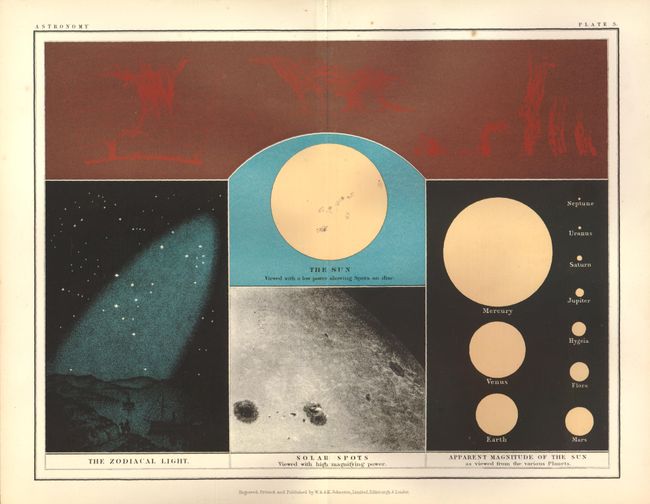

His Mars research and the “GNSS for Mars” project became well known especially in 2015, when it attracted many local and worldwide media. He is author of seven books, author of several hundreds articles published in various popular magazines, former public speaker and a documentary movies/TV guest. His Mars research and the “GNSS for Mars” project became well known especially in 2015, when it attracted m Dr Jozef Kozár is an interdisciplinary scientist and writer, studying planets, Solar System and robotic space exploration missions. The IAU name approval process is also described in the gazetteer.Dr Jozef Kozár is an interdisciplinary scientist and writer, studying planets, Solar System and robotic space exploration missions. Changes to the gazetteer listings are recorded in the “News” section on the title page of the gazetteer. Whenever there is a change to the lunar portion of the Gazetteer of Planetary Nomenclature, that change will be shown on the corresponding map, and a revision date will be added to the map. If a name is dropped, it will be removed, and if a feature is renamed, the new name will replace the old name. As new names are approved by the IAU, they will be added to the maps. This is not a complete record of cross references, only those discovered during the research for these maps.

Cross references between these old and new names have been noted in the “Additional Information” field of the gazetteer. Informal names and names that have been changed are not shown. Over the decades, many informal names have been used on the Moon and some IAU-approved names have been officially changed. The lettered crater names included in the Gazetteer of Planetary Nomenclature, and therefore in this atlas, are found in the definitive source “NASA Catalogue of Lunar Nomenclature” (NASA Reference Publication 1097). The maps shown here include only names that are formally approved by the IAU and are currently in use. These names are of various feature types: catenae, craters, dorsa, fossae, lacūs, landing site names, maria, montes, oceanus, paludes, planitiae, promontoria, rimae, rupēs, lettered craters (called “satellite features” in the gazetteer), sinūs, and valles. Geological Survey maintains the Gazetteer of Planetary Nomenclature on behalf of the IAU with funding from the National Aeronautics and Space Administration (NASA).Īt the time of this writing, there are 9,003 IAU-approved names in use on the Moon (not including names that have been dropped but are retained in the gazetteer for reference). The Astrogeology Science Center of the U.S. The lunar maps on this web site are based on the information contained in the Gazetteer of Planetary Nomenclature, which is a dynamic listing of IAU-approved planetary surface feature names.

The International Astronomical Union (IAU) is the internationally recognized authority for assigning nomenclature to planetary surface features. As new names are approved, they are added to the maps so users have access to the most recent changes in lunar nomenclature. The purpose of the lunar maps presented here is to provide an up-to-date and comprehensive depiction of lunar nomenclature.


 0 kommentar(er)
0 kommentar(er)
